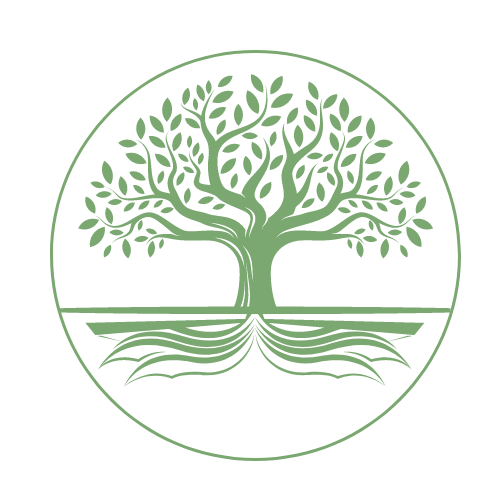Autumn is such a beautiful time of year, especially the wonderful warm colours of the leaves as they lose chlorophyll and fall from the trees. With the wind this year, there often seems to be more leaves in the air than on the ground, but I managed to catch a few to photograph and draw. As it’s Inktober, I decided to use watersoluble ink rather than watercolour and I was so glad I did! They’re so much fun to work with when using a dip pen and a waterbrush. I had so much fun I’ve even turned it into a workshop and made it the subject of this week’s blog post.

I know from my ink drawing workshops in the summer, a lot of the participants ordered themselves glass dip pens. They are very affordable, certainly compared to fountain pens, and are almost works of art in themselves.

The twisted glass has a twinkling core that can be ordered in a choice of colours and the clear glass nib has spiral grooves along it to retain the ink when it’s dipped into it. The design allows for a surprisingly long drawing time before you have to dip again and the glass material means you can use a variety of different ink types without the risk that it will ruin your pen. For example, you should never put acrylic inks or inks that contain shimmer particles into a fountain pen as this is likely to result in clogging and a ruined pen. Inks such as these can be used without an issue with a glass dip pen, however. Another plus of dip pens is that you can switch between inks very easily and save the faff of emptying and cleaning, as you would when using a fountain pen.
Another quite inexpensive item that I used in the creation of the leaf drawings it the ink itself. I’m a big fan of Diamine inks, mainly because Diamine make my favourite ever ink, Earl Grey, but also because they’re much cheaper than several other brands. The smaller 30ml bottles are often to be found for under £3 each and Pure Pens currently have an autumn sale for an extra 10% off their Diamine ink range.

The final item I used when creating the leaves is a waterbrush, an item that’s always in my sketching kit, filled up and ready to go. These are available from many brands and all work in a similar way. The handle is a water container that feeds water through the brush when a part of the handle is squeezed. I used my Derwent push button waterbrush as it has a nice fine nib for getting into the corners of the leaves.

Now on to the technique:
- First, I sketched an outline of the leaf and main veins in pencil, making sure I didn’t press too hard or leave too much graphite on the paper as I wanted most of my marks to be covered by the ink.
- Next, I drew around the outline of the leaf and veins in ink, using the dip pen.
- Then I took the waterbrush and filled in the leaf with water, making sure I touch the outline and go over the vein markings as I do so. This causes the ink to mingle with the water and create lovely swirls and gradations of colour. It’s the best bit!I could have left it here, but I decided to touch the dip pen (with ink on the end) to parts of the wet drawing to add more ink and deepen the colour in these areas. Often the veins benefit from another line of ink over the top and you can even use the dip pen as a reservoir to take ink from with the brush of the waterbrush so you can apply it to the drawing with the brush. I kept adding ink in these ways until I was happy with it.
- Then I added white gel pen to the veins to give the impression of highlights here. This really makes a surprising difference, but you have to be careful to use quick, light movements or the white mark my look too heavy and unrealistic. I used a Sakura Gelly Roll pen, but other brands are available.
- Finally, I used Earl Grey ink to add shadows under the leaf. The Earl Grey is lovely for this as it can give a dark grey colour when used heavily and washes out to a pale grey with pink and blue separated colours with addition of water.
It’s easier to show the processes than to describe them so I’ve added some videos below:
I used Rustic Brown ink in the video above (Earl Grey ink for the shadows).
I used Chocolate Brown and then Macassar inks in this leaf (Earl Grey ink for the shadows).
If you’re interested in having a go at creating artworks like these then I’ve developed a workshop that I’ll be delivering with the lovely Tracey at The Art Haven in Ramsey on the 22nd of October. If you can’t make that date then please let us know and we’ll try to put on another for you.



Leave a Reply